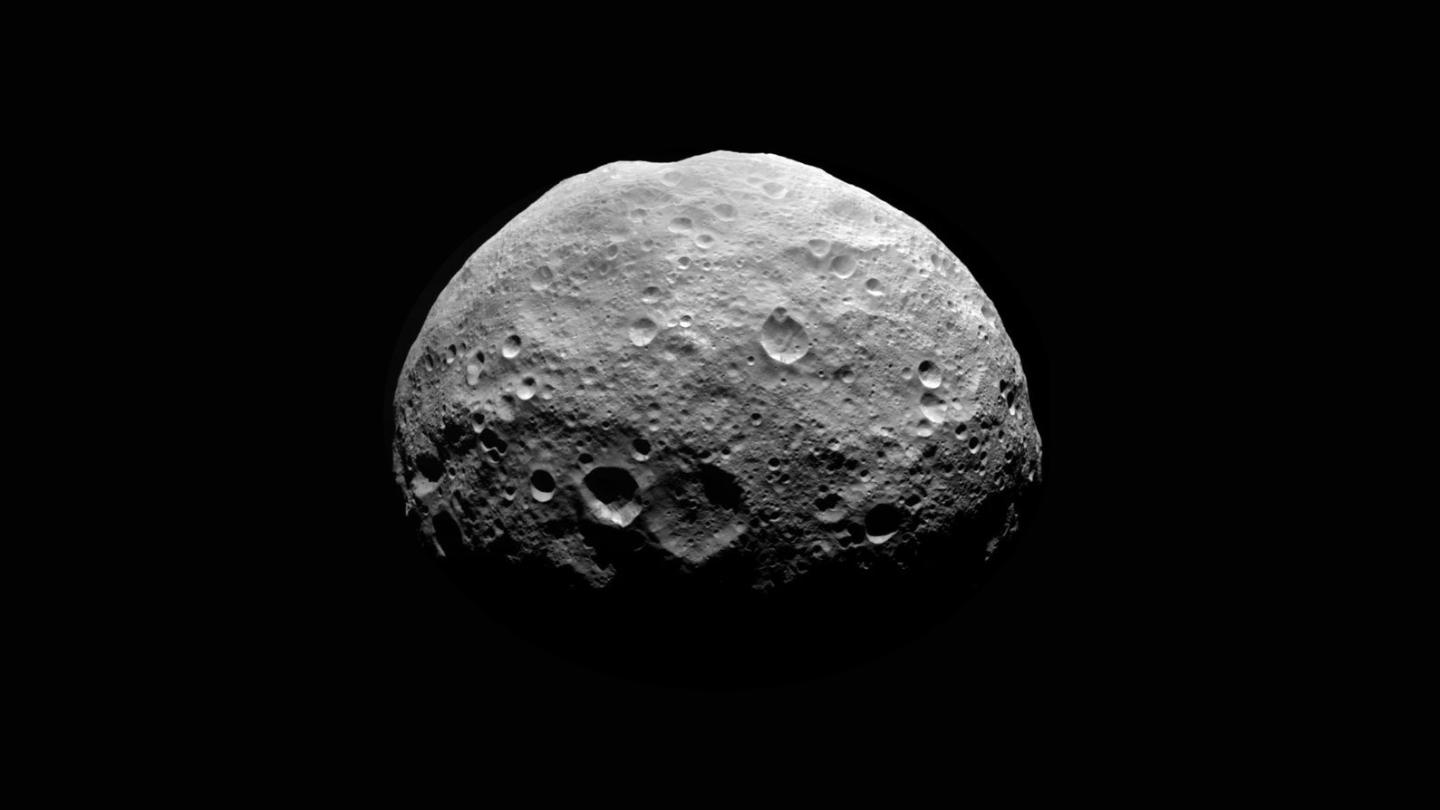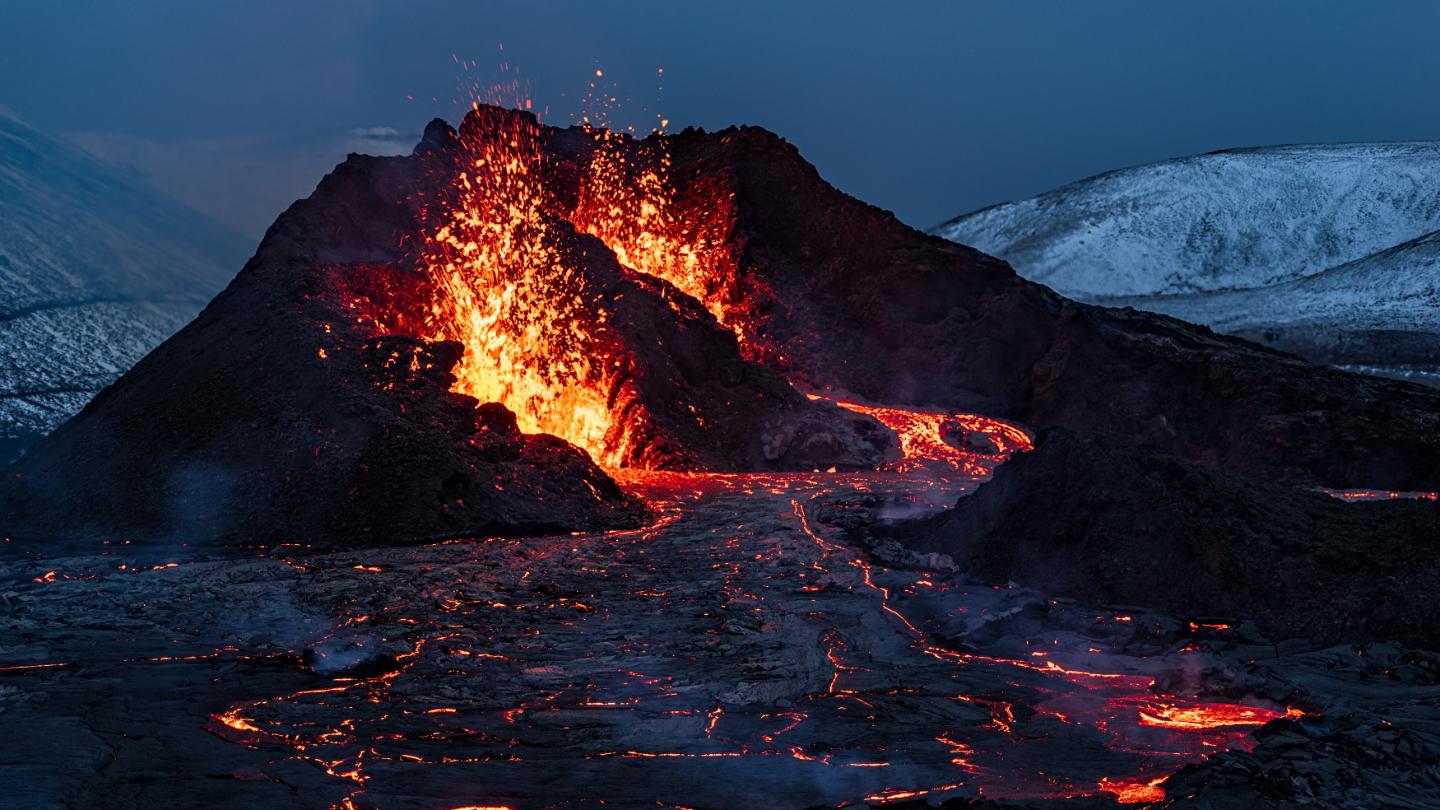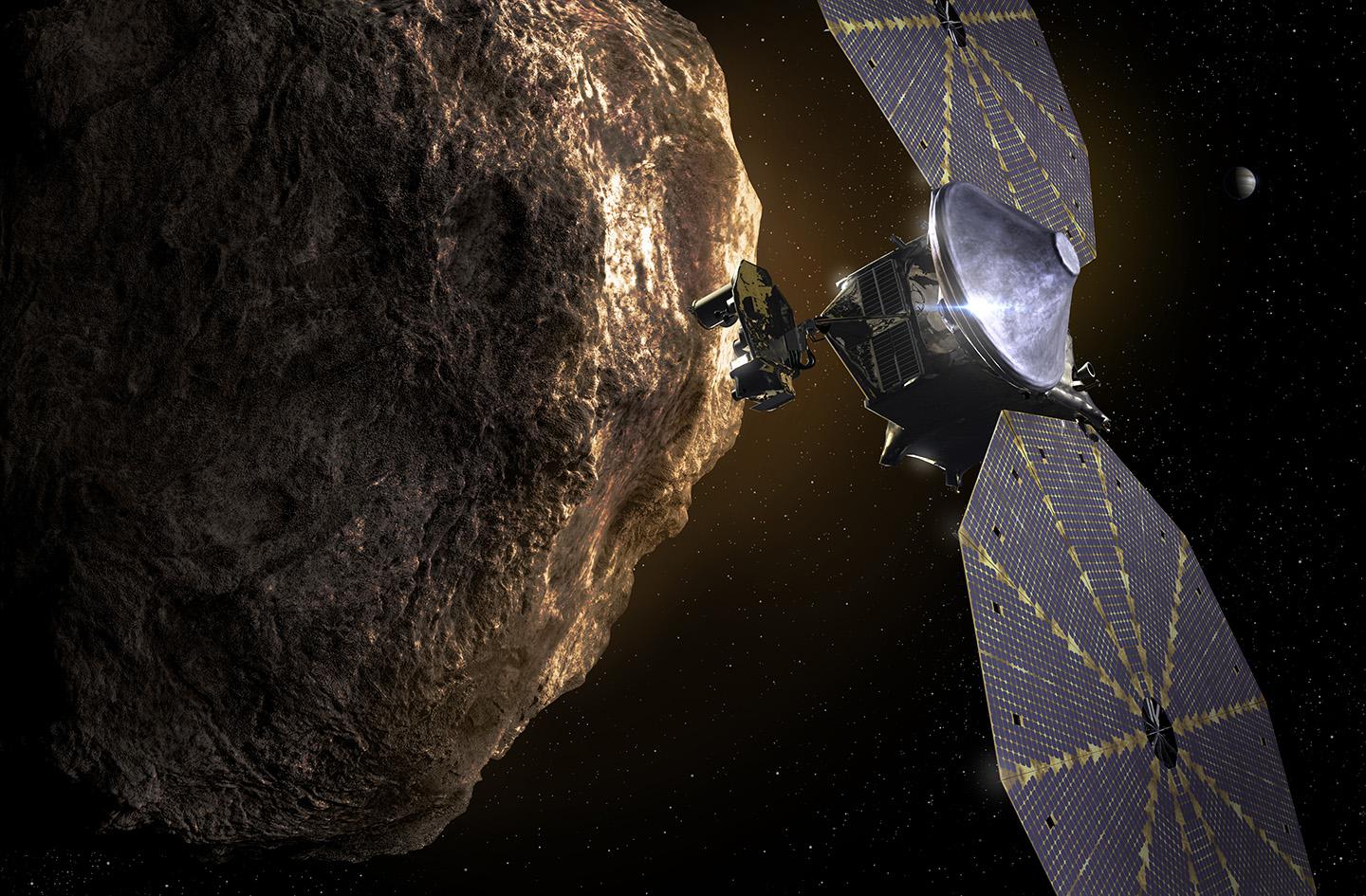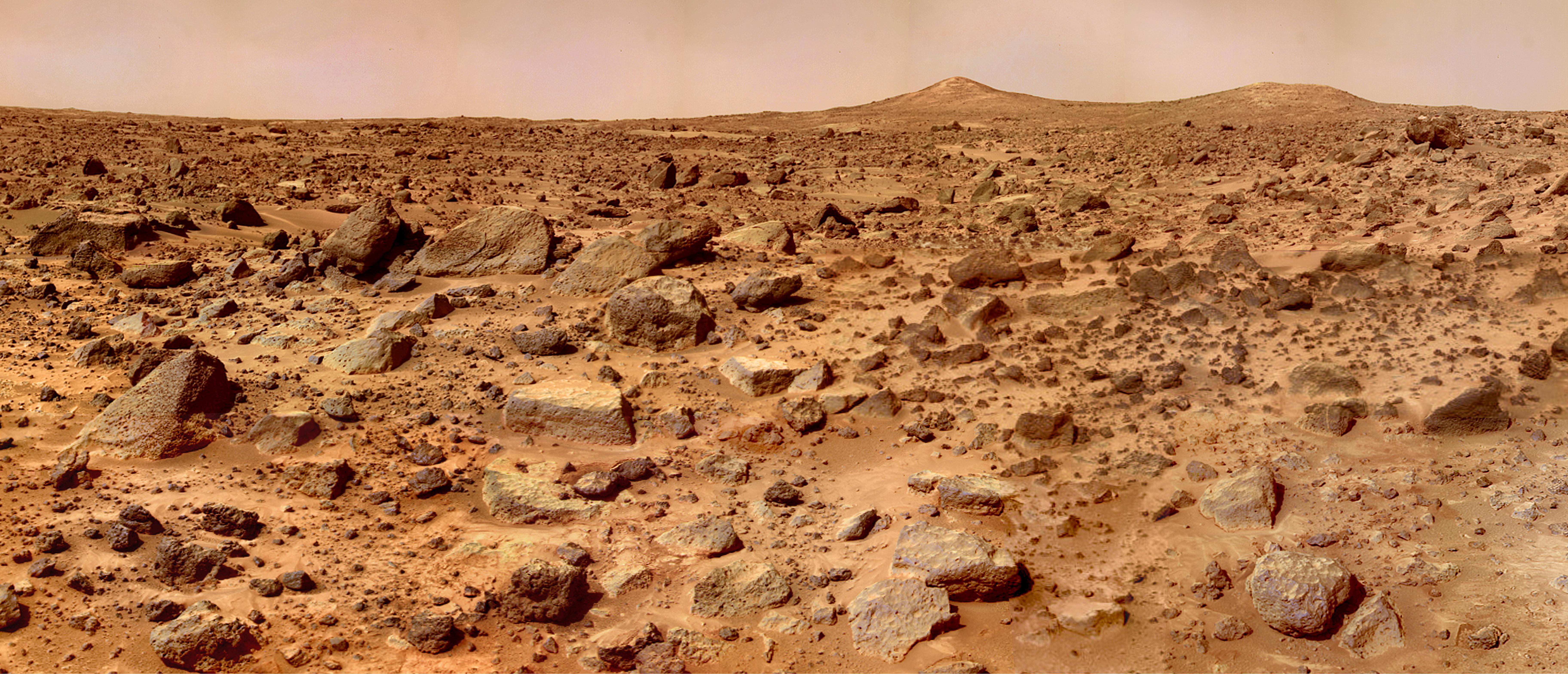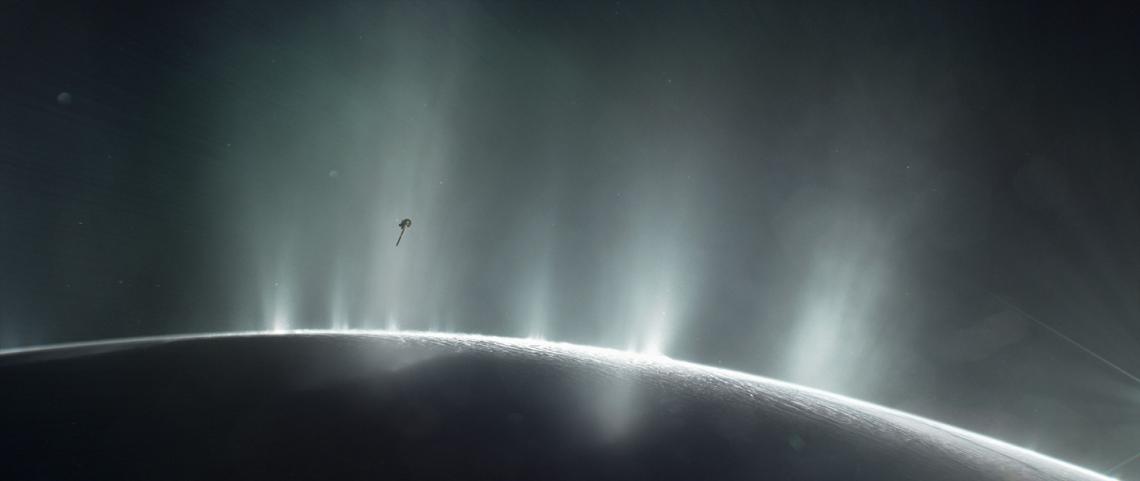Couldn’t we just put up a giant disk to block out the sun’s rays and cool Earth? Michelle Thaller from NASA answers if that’s possible. She also wonders if any such solution is really looking at the underlying causes of climate change.
Lisa, I share your concern about climate change. This is something that’s one of the biggest challenges that humanity has ever faced, and it’s something that in the next couple of decades and centuries we’re going to have to really band together and work together to solve.
And when you ask a question like you did, about “how might you solve climate change,” it actually gives me a lot of hope because it means that young people like you are really starting to think about ideas about how we could address climate change.
You said, “could you build a giant disk and put it between the earth and the sun and have it act as a kind of sunshade actually cooling down the earth?” That’s a wonderful idea. There are some things about that that would be quite difficult and one thing is that the sun is actually very large, it’s much larger than the earth, so it actually projects light around anything that you put up there.
You’d have to put a very, very large disk up there. It might have to be something roughly the size of the planet in order to shade the planet effectively against the sun. So that’s something that might be possible, but it would be very expensive and difficult to construct. But I love the fact that you’re thinking about it.
It does however to me sort of not address the underlying problems with climate change. A lot of people have ideas similar to yours that, what if we could just block out some of the sun’s light, would that actually make climate change go away? And one of the ideas people have is possibly launching lots and lots of particles of dust up into the atmosphere.
We observed that when there’s a volcanic explosion and the earth naturally puts lots and lots of dust up into the atmosphere, the earth’s climate cools. We observed this in the ‘90s when Mount Pinatubo erupted and we actually had a decline, a little bit of a notch on the global warming, just due to this volcano putting lots and lots of stuff up into the atmosphere.
So could we do that artificially could we just darken our atmosphere to actually have less sunlight get through? The answer is yes, we probably could, but it would be a huge effort.
A single volcano puts up many, many thousands of tons of dust up there, so this would have to be something continuous: lots and lots of rockets or aircraft distributing dust across the atmosphere. And the thing that kind of frightens me is that we really don't understand our atmosphere enough to know what that sort of cooling would do. The atmosphere stores heat, it creates winds and of course the air moves around, there are storms; scientists spend a lot of time studying how the atmosphere stores heat, how the weather forms, and when you darken the atmosphere I’m not sure what it would do to our weather. It would be a very dangerous experiment to do if you couldn’t control it.
And the same thing with building a disk: I’m not sure that darkening the earth is a very good idea; it may change things like weather patterns or even ocean currents, the winds, all of that. It also doesn’t get at the problem of carbon dioxide.
Now the reason our atmosphere is getting warmer and warmer and warmer is because we humans are putting lots of carbon dioxide up into the atmosphere and this acts as what we call a greenhouse gas. Sunlight can get through the atmosphere but the carbon dioxide traps it and it can’t release itself back into space so it gets warmer and warmer over time. Carbon dioxide doesn’t just warm the atmosphere, it also affects our oceans. When ocean water combines with carbon dioxide it creates something called carbonic acid and it makes the oceans more and more acidic over time and this is a really big problem for marine life. There are things like algae, the algae in the oceans are responsible for most of the oxygen that we breathe, and the algae are having trouble forming because of the higher acid levels in the ocean.
So even if the one thing you solved was cooling the earth down, if we continue to put more and more carbon dioxide into our atmosphere there will be other serious repercussions. We could end up killing the ocean life system, for example.
So the problem really isn’t an external one, it’s not simply cooling the planet putting up lots of dust or building a wonderful shade like you suggest, the problem is really getting at our emissions of carbon dioxide and stopping those and stopping these dramatic changes that we see coming. Some of them are going to be very difficult to stop. I mean right now we’re observing the ice caps at both poles of the planet, in Antarctica and in the North Pole, melting very quickly. That won’t stop. Those ice caps will largely melt over many, many centuries and the ocean levels will rise in accordance.
I do think right now the challenge is how are we going to deal with the changes? We might not be able to change very many of them at this point, we need to band together as people make sure that we have ways to deal with refugees—people need to leave where they are because the oceans are rising. There’s going to be a lot of people that need homes, and there’s going to be a lot of support needed for the changes in agriculture, in fishing, in so many parts of our economy and our lives. There’s no easy solution. I do love that you’re thinking about it, and we need you to keep doing that.


